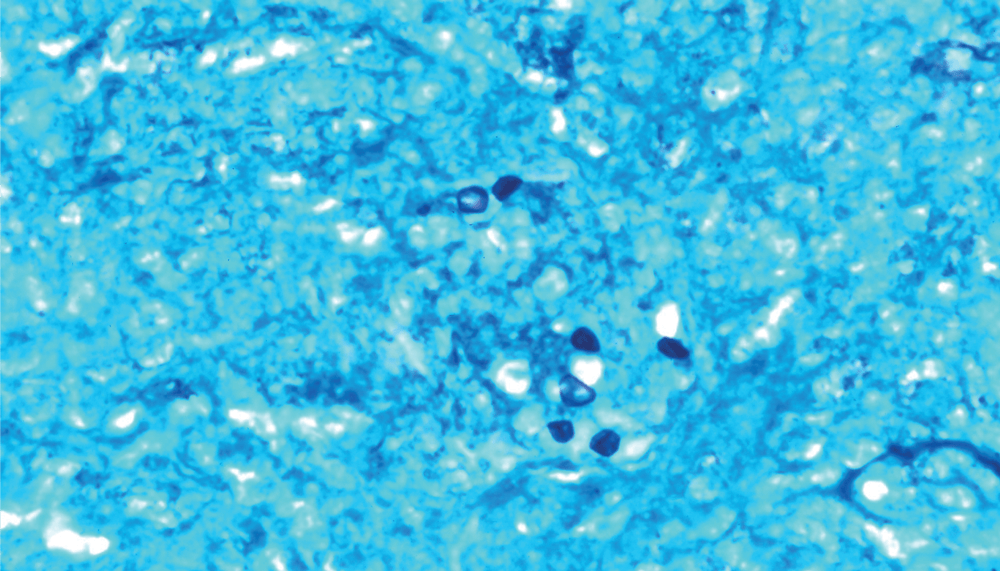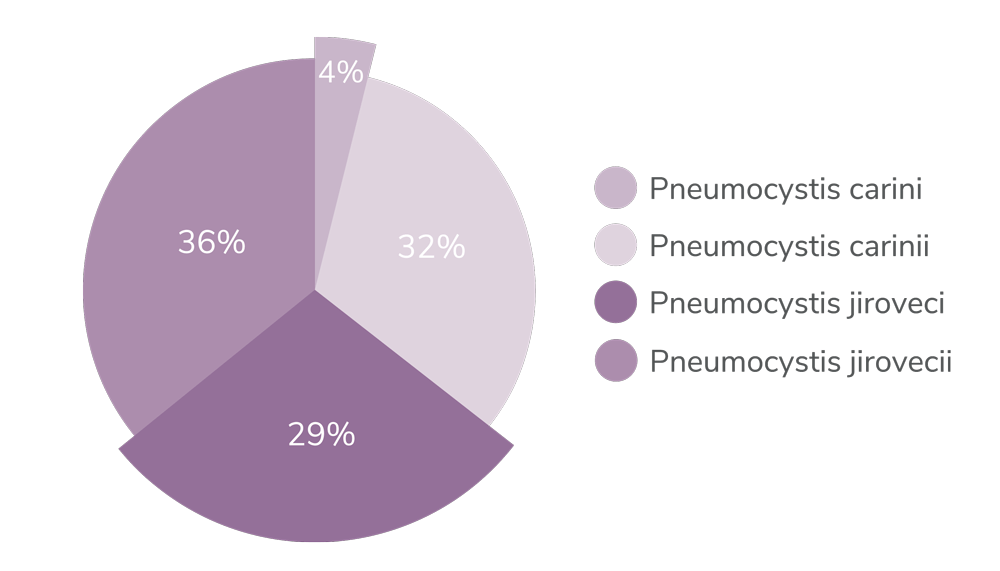
Do you know the correct name of the fungus that causes Pneumocystis-related pneumonia? If you saw our recent #FridayPathPoll, you may! If not, try your hand below. Is it:
a. Pneumocystis carini
b. Pneumocystis carinii
c. Pneumocystis jiroveci
d. Pneumocystis jirovecii
If you answered Pneumocystis jirovecii, you are correct (1)! And, if you didn’t, you’re not alone. Check out the results from our poll:

Why the uncertainty? In 2002, the fungus formerly known as P. carinii underwent a name change (2) – but doubt persisted. Should it be P. jiroveci or P. jirovecii? To answer the question, we asked bacterial nomenclature expert Aharon Oren. His answer:
“It is ‘jirovecii.’ Bacteriologists (Appendix 9 of the ICNP) and botanists (Recommendation 60c of the ICN) tend to name organisms differently from zoologists (3). A zoologist would say, ‘The name is Jirovec and we add -i for the genitive.’ Bacteriologists and botanists first latinize Jirovec to Jirovecius, then make the genitive ‘jirovecii.’”

Intrigued? Read more about Aharon Oren’s work here
References
- Catalogue of Life, “Pneumocystis jirovecii Frenkel” (2020). Available at: https://bit.ly/3rcvyVQ.
- JR Stringer et al., “A new name for Pneumocystis from humans and new perspectives on the host-pathogen relationship,” Emerg Infect Dis, 8, 891 (2002). PMID: 12194762.
- HG Trüper, “How to name a prokaryote?: Etymological considerations, proposals and practical advice in prokaryote nomenclature,” FEMS Microbiol Rev, 23, 231 (1999).




